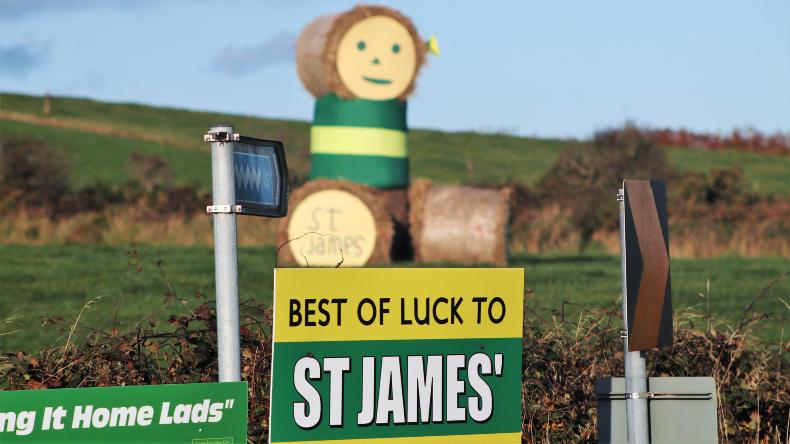As long as you have a dairy sector in Ireland, there will be a beef one too.
That gets forgotten in the bovine blame game that some farmers of both persuasions engage in. There’s been much commentary over the last fortnight on dairy bull calves and Teagasc has taken some heat over its dairy expansion plans.
I find it hard to believe that with animal behaviour scientist, Dr Laura Boyle, based in Teagasc Moorepark, that the advisory body “never considered the output of calves on the system”.
It’s akin to Celtic Tiger thinking, when negative thoughts were unwanted, unwelcome and disregarded.
We need to view critical thinking more positively. Self-awareness of potential flaws is better than others highlighting them when things go wrong.
Farmers were raising concerns for a while.
In July 2017, my Farmer Writes colleague Bill O’Keeffe, after attending the Teagasc dairy day, wrote an article titled: “Bobby calf-shaped problem at Moorepark”.
In it, he wrote: “The elephant in the room in the shape of bull calves was once again ignored throughout the event though.” This is a surplus calf issue, rather than bull calves alone.
While you wouldn’t base all future beef price predictions on 2019, how will dairy cross calves fare with the specifications issued by meat processors?
Suckler farmers may be concerned with the upper weight restrictions, but the lower end of the specs will have a higher impact on beef farmers incomes down the line.
I would share Dr Pat Dillon’s view that live exports are high risk.
In June 2011, the Australian government issued a blanket ban on the live export of cattle to Indonesia following public outcry after a television programme shown on Australia’s ABC broadcaster.
It showed graphic footage of animals being mistreated in Indonesian abattoirs.
Indonesia was northern Australia’s main market for cattle and suddenly it was gone.
The six-month long ban meant the live export sector was in the spotlight and it had to reinvent itself with stronger standards. It had no choice. I hope the same doesn’t have to happen here for changes to occur.
Standards will have to be uniform across the board because it’s possible that retail buyers will seek access to any of the farms that supply a meat processor, rather than just be taken to the showcase farmers.
Teagasc could have done without this calf issue in what is proving to be difficult year for those perceived as the main players in Irish farming circles.
Bord Bia is feeling the heat more than I can ever recall and the IFA election seems to be overshadowed by everything else that’s going on. Compared to the 2015 presidential race, it doesn’t have the same edge. Yet this could be a more defining election for the future of the organisation than the last one.
TB testing
On the farm, we’re TB testing this week and the thoughts of it are worse than the process.
Because of the current beef climate there are a few extras around.
A bull that, for safety reasons, was meant to go in August is still here. He’s more nervous than aggressive, so hopefully the few culls with him will settle him. Luckily, cull numbers aren’t what they were last year so, hopefully, nitrates figures won’t be under too much pressure.
Outside of farming, there is plenty of excitement locally as St James’s footballers have reached the county final in junior football. Not bad going for a peninsula bordered by two senior clubs. It proves there’s no harm in dreaming big.






 This is a subscriber-only article
This is a subscriber-only article










SHARING OPTIONS: